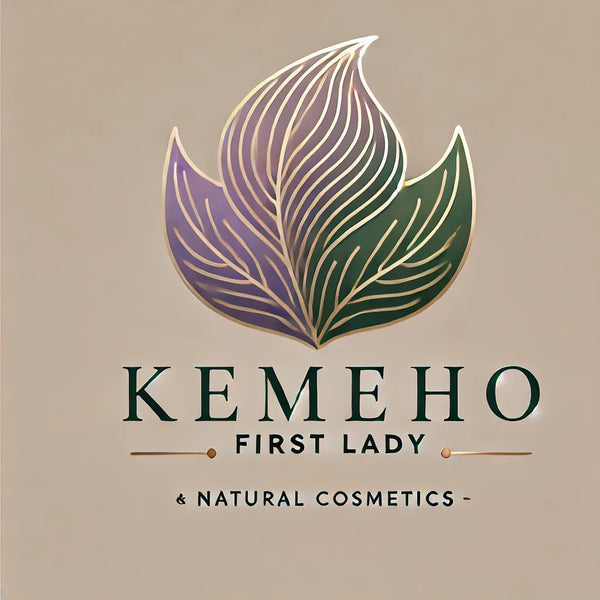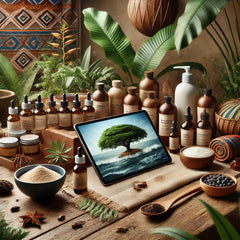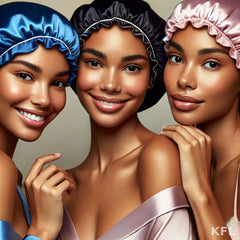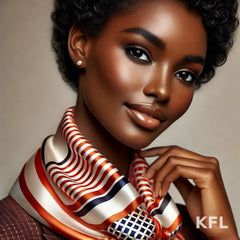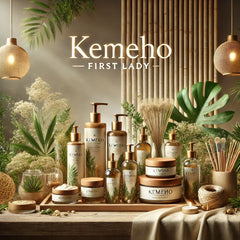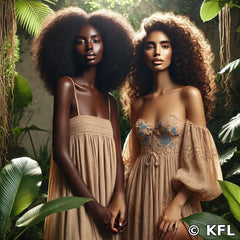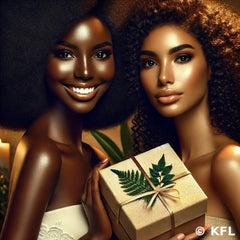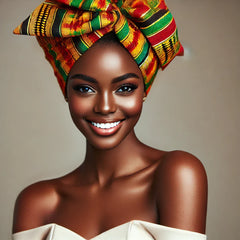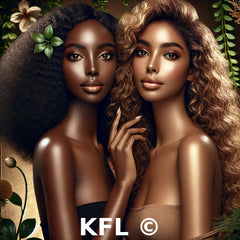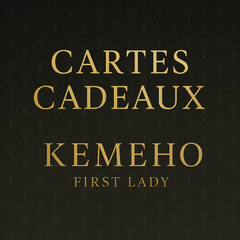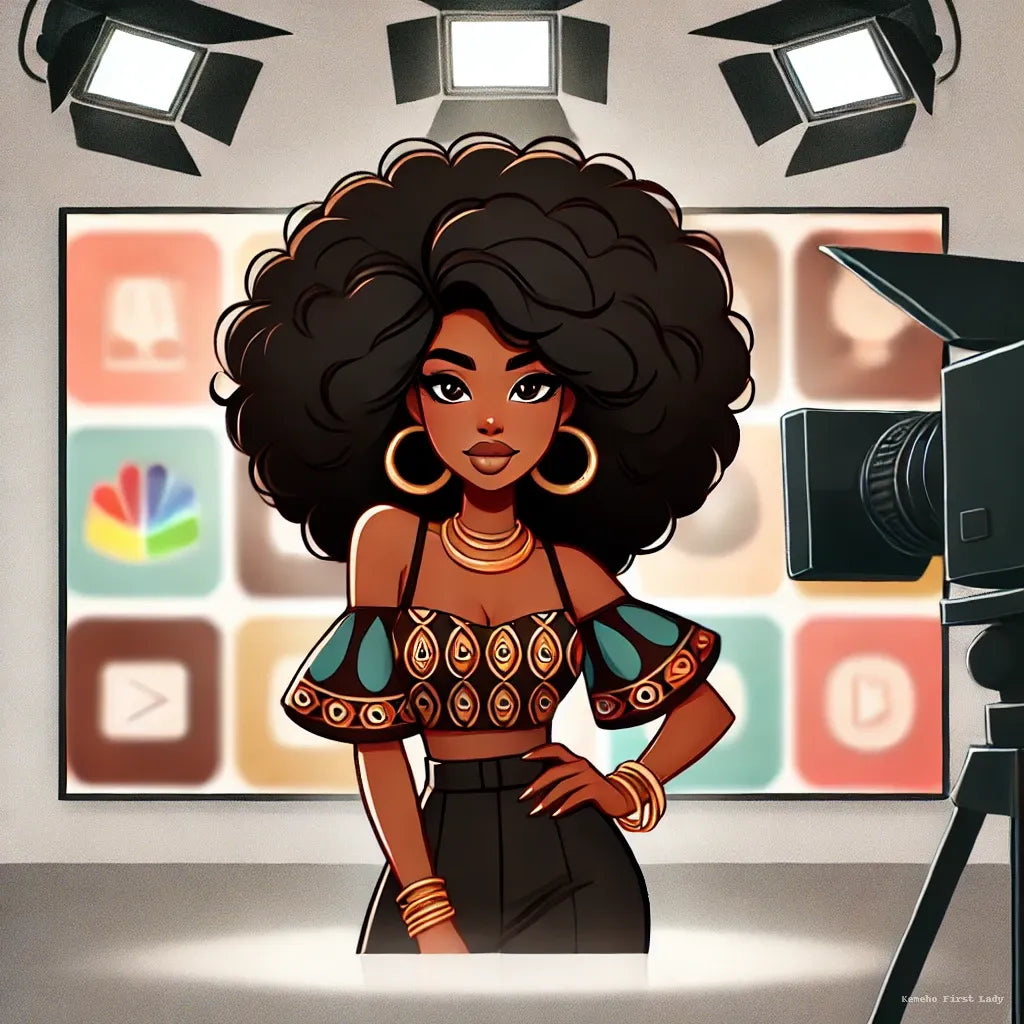
The Evolution of Afro Hair Representation in the Media
Share Label
The Representation of Afro Hair in the Media: Progress and Challenges
1. A Long History of Stigmatization
For decades, afro-textured hair has been associated with negative stereotypes in the media. Whether in advertising, films, or fashion, Western beauty standards have long dominated, pushing afro hair into invisibility or caricature.
- In movies and TV shows, Black characters with natural hair were often portrayed in demeaning or comedic roles.
- In advertising, cosmetic brands primarily promoted straight hair, marginalizing natural textures.
- Afro-haired models were rarely seen on runways, reinforcing the idea that kinky hair was not considered elegant or professional.
2. The Turning Point: The Rise of the Natural Hair Movement
In the early 2000s, the "nappy" movement (natural and happy) encouraged many Black individuals to abandon chemical treatments and embrace their natural hair. With the rise of social media, voices celebrating afro-textured hair multiplied.
- Influencers and celebrities like Lupita Nyong’o, Solange Knowles, and Viola Davis showcased the beauty of natural hair on red carpets and magazine covers.
- Advertising campaigns started including models with natural hair, finally offering more diverse representation.
- Afro-centered blogs, media, and magazines played a key role in challenging stereotypes and promoting hair diversity.
3. Slow but Fragile Progress
While progress has been made, the representation of afro hair remains incomplete and sometimes treated as just a temporary trend.
- Some companies still face backlash for their lack of hair diversity in campaigns.
- Hair discrimination persists, especially in workplaces and schools, where natural hair is sometimes deemed “unprofessional”.
- Streaming platforms and Hollywood still need to diversify their representations to fully reflect the richness of Black hair textures.
4. The Positive Impact of Better Representation
Seeing afro hair proudly represented in the media sends a powerful message of self-acceptance and pride.
- Black children grow up with positive role models who celebrate their natural beauty.
- Hair diversity helps break stereotypes and normalizes all hair textures.
- The rise of Black-owned haircare brands reinforces the idea that afro hair deserves the same recognition and high-quality products as other textures.
🌟 Conclusion
The representation of afro hair in the media has come a long way, but there is still work to be done. Every natural hair appearance on screen or in fashion is a victory against centuries of oppressive beauty standards. By celebrating all hair textures, we contribute to a world where diversity is valued as a strength rather than treated as an exception.
💬 Have you noticed a positive evolution in the representation of afro hair? Share your thoughts in the comments!
📢 Want to explore more about African history and culture? 🌍✨ Dive into our African Travel Guide and discover fascinating traditions, iconic landmarks, and tips for an authentic journey.
👉 Click here to learn more: African Travel Guide.
